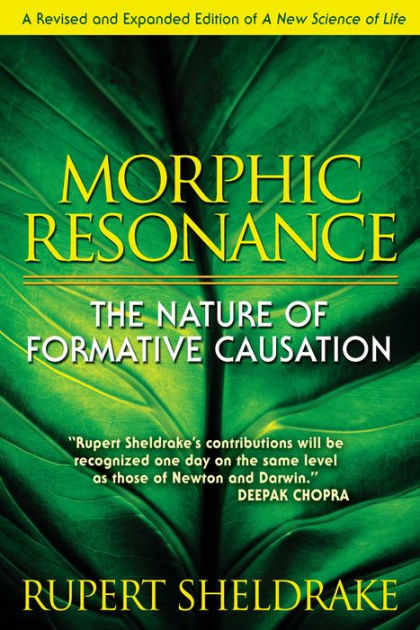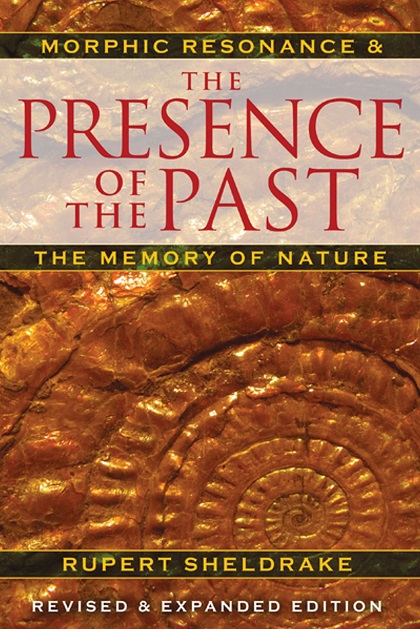|
home | what's new | other sites | contact | about |
|||
|
Word Gems exploring self-realization, sacred personhood, and full humanity
Dr. Rupert Sheldrake's What is a Morphogenetic Field?
return to "Evolution Controversy" contents page
Editor's note: The following is an excerpt from Dr. Sheldrake's lecture, "The Biology Of Transformation: The Field," which might be viewed on Youtube.
In the 1920s, biologists working on the development of fungi, plants, and animals, came up with a biological field concept. Nobody understood then, and they still don’t understand today, how embryos develop, how a complex organism like ourselves arises from a [single] fertilized egg, with very little structure. And the idea was that developing organisms are shaped by form-shaping fields – “morphogenetic fields.” “Morphogenesis” means “the coming into being of form.” “Morphe” means “form,” “genesis” means “coming into being.” Morphogenesis is the way animals and plants, all living organisms, or even crystals, have forms that come into being – they weren’t there before, [but] after a formative process, they are there now: more structure comes from less. The idea was that this process was guided by morphogenetic fields that shape the forms of living organisms. They’re like invisible plans or blueprints. The reason we need this is that DNA and chemicals alone cannot explain morphogenesis. All biologists agree on this. Molecular biologists made it even clearer that this is the case. Think of your arms and legs, they have different shapes, and yet they have exactly the same genes. In fact, all the cells of your body have the same genes, the same so-called “genetic program.” Yet, [the developmental end-result] is all different – the eyes, the spleen, the liver, they’re all different; your arms and legs have the same chemicals – chemically, they’re identical, yet they have different shapes. Why? Well, you can’t explain it in terms of chemistry or DNA, you need a “plan,” an “architectural plan,” and that’s what the morphogenetic field provides.
|
|||
|
|

